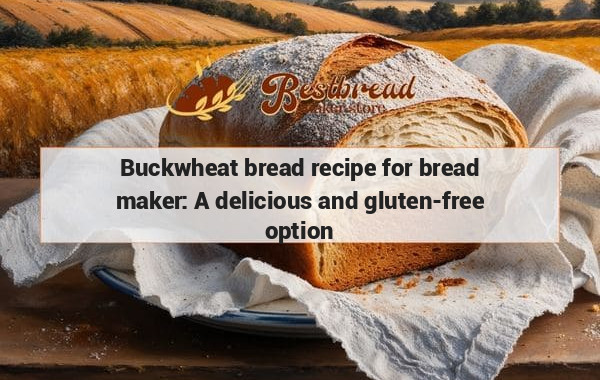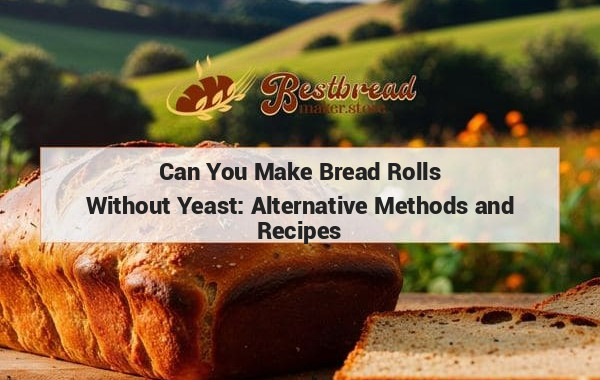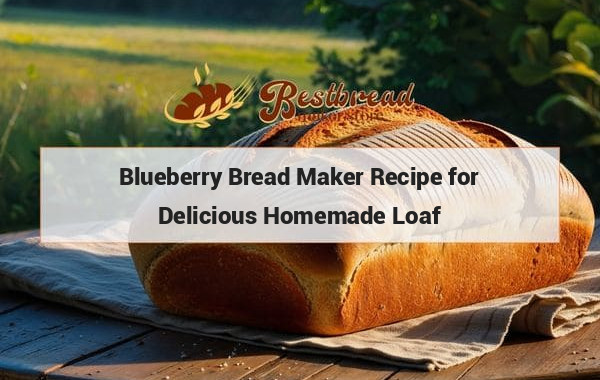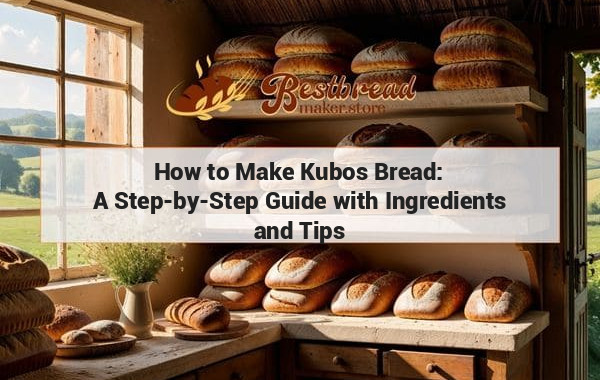How to Make Muffaletta Bread: A Step-by-Step Guide with Ingredients and Instructions
To make muffaletta bread, start by mixing flour, yeast, salt, and water. Knead the dough until smooth, then let it rise. Shape the dough into a round loaf and bake until golden brown. Slice the bread in half and layer with olive salad, salami, ham, mortadella, and provolone cheese. Top with the other half of the bread and press together. Enjoy this delicious and traditional New Orleans sandwich bread at home!
How to Make Muffaletta Bread
Muffaletta bread is a staple of New Orleans cuisine, known for its thick, chewy crust and soft interior. This bread is a crucial component for the classic muffaletta sandwich, filled with meats, cheeses, and olive salad. Let's explore how to make this delicious bread from scratch, ensuring it’s perfect for creating an authentic muffaletta experience.
Key Takeaways
Muffaletta bread is a dense, round loaf ideal for sandwiches. Making muffaletta bread involves mixing yeast, flour, and water, proofing the dough, shaping it into a round, and baking until golden.
Understanding Muffaletta Bread
Muffaletta bread plays a central role in crafting the iconic muffaletta sandwich. Originating from Sicilian immigrants in New Orleans, the bread is distinguished by its round shape, thick crust, and soft texture. It’s similar to an Italian focaccia but with a less oily and softer finish. Knowing how to make it allows you to replicate the traditional taste of the sandwich, providing a true New Orleans experience.
Ingredients Needed
To begin, gather the following ingredients:
- 4 cups all-purpose flour
- 1 cup warm water
- 2 ¼ teaspoons active dry yeast
- 2 tablespoons olive oil
- 1 tablespoon sugar
- 1 teaspoon salt
- Optional: sesame seeds for garnish
Why These Ingredients Matter
Each ingredient in this recipe plays a vital role:
- Yeast activates the dough, creating the airy texture.
- Olive oil gives the bread a light, subtle flavor while keeping the crumb tender.
- Sesame seeds add an authentic touch, giving the bread its traditional look and a nutty flavor.
Step-by-Step Guide to Making Muffaletta Bread
Now, let's dive into the process of making muffaletta bread.
1. Activate the Yeast
In a bowl, combine the warm water and sugar. Stir in the yeast and let it sit for about 5 minutes until it becomes foamy. This step ensures the yeast is active, which is essential for the bread to rise properly.
2. Mix the Dough
In a large mixing bowl, combine the flour, salt, and activated yeast mixture. Add the olive oil and mix until the dough comes together. Knead the dough for about 10 minutes, either by hand or with a dough hook, until it becomes smooth and elastic.
3. Proof the Dough
Place the dough in a lightly oiled bowl and cover it with a damp cloth. Allow it to proof for 1-2 hours or until it doubles in size. Proofing is crucial for the dough to develop its flavor and texture.
4. Shape the Dough
Once proofed, punch down the dough to release the air. Shape it into a round loaf, ensuring it remains thick and even. Place the loaf on a baking sheet lined with parchment paper.
5. Add the Finishing Touches
Lightly brush the top of the dough with water and sprinkle sesame seeds over it if desired. These seeds give the bread its authentic appearance and add a delightful crunch.
6. Bake the Bread
Preheat your oven to 375°F (190°C). Bake the loaf for 25-30 minutes or until golden brown. The crust should be firm, while the interior remains soft and chewy. Let the bread cool on a wire rack before slicing.
Making the Perfect Muffaletta Sandwich
Now that your bread is ready, it’s time to build a muffaletta sandwich. Cut the bread in half horizontally and layer it with:
- Sliced salami, ham, mortadella, and provolone cheese
- A generous amount of olive salad (a mix of green and black olives, pickled vegetables, and olive oil)
Press the sandwich to let the flavors meld and enjoy a taste of New Orleans.
Close Entities Related to Muffaletta Bread
Understanding the ingredients and methods behind muffaletta bread means exploring similar entities like Italian focaccia, ciabatta, and baguettes. While focaccia shares a similar dough, it’s typically thicker and oilier. Ciabatta has a chewier texture, and baguettes, though crusty, are far denser.
Why These Variations Matter
Recognizing the differences helps refine your technique. Muffaletta bread requires a balance between thickness and softness, achieved by controlling the proofing time and dough consistency. Adjusting these factors ensures you get the traditional muffaletta loaf texture perfect for sandwiches.
Frequently Asked Questions
1. Can I use instant yeast instead of active dry yeast?
Yes, you can substitute instant yeast for active dry yeast in the same quantity. The advantage of instant yeast is that it doesn’t need to be activated in warm water first, which can speed up the preparation process.
2. Why is my muffaletta bread too dense?
If your bread is too dense, it may be due to under-proofing or not kneading the dough enough. Ensure that the dough has enough time to rise and become airy, and knead it well to develop the gluten structure that gives the bread its softness.
3. Can I freeze muffaletta bread?
Absolutely! Once the bread has cooled, you can wrap it tightly in plastic wrap and then in aluminum foil before placing it in the freezer. When you’re ready to use it, thaw it at room temperature and refresh it in the oven for a few minutes.
4. Is it necessary to use sesame seeds?
While sesame seeds are traditional, they are not mandatory. They add flavor and texture, but the bread will still be delicious without them. However, using them provides the authentic New Orleans look and taste.
5. How do I store leftover muffaletta bread?
Store any leftovers in an airtight container or plastic bag at room temperature for up to three days. For longer storage, freezing is the best option. Avoid refrigeration as it can make the bread stale faster.
Final Tips
To make the most out of your muffaletta bread, invest in a reliable bread maker if you plan on baking frequently. It simplifies the process and ensures consistent results. For the best recommendations, you can visit bestbreadmaker.store to find the most suitable bread maker for your needs. Whether you’re an experienced baker or a beginner, having the right tools can elevate your baking game and bring authentic flavors to your kitchen.








